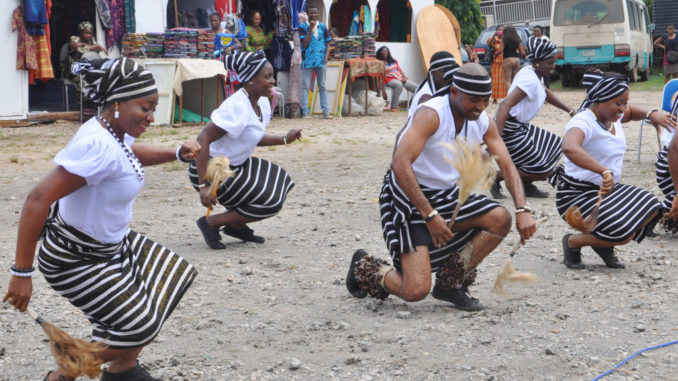
One of the most important aspects of Nigerian culture is the traditional dances unique to various ethnic groups. In many cultures, dance is more than just a rhythmic movement of the body. It can often carry with it deep spiritual and aesthetic significance.
Dance can also serve as a means of communication, a critical component of a rite of passage, and a unifying communal ritual in traditional societies. Consequently, Face2Face Africa looks at some of the top traditional dances from Nigeria.
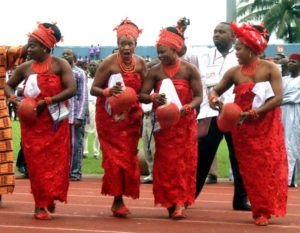
1. Ohogho dance
The Ohogho dance is a religious dance performed by the Edo people of the ancient Benin kingdom in southern Nigeria. The dance is believed to ward off evil omens and avert natural disasters, such as flood, famine, epidemics, and war.
Traditionally, the dancers wear gowns made from coral beads, carry musical gourds in their hands, and move in circles around a fireside burning with medicinal roots and herbs. The dancers move their bodies swiftly in circles accompanied by the rhythmic Ohogho music.
Today, the dance is considered an art form and is performed mainly during important festivals and ceremonies in the Benin kingdom.
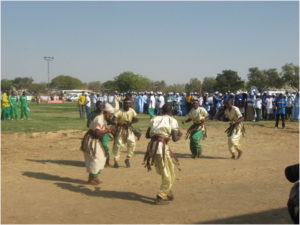
1. Koroso dance
The Koroso dance is performed chiefly by the Hausa/Fulani people of northern Nigeria. The earliest history of the dance dates back several centuries. The dancers are traditionally dressed in colorful beads, which adorn their heads, wrists, and ankles. They also tie rattling beads, (koroso) for which the dance is named, to their ankles and wrists.
The Koroso dance involves a lot of acrobatic and traditional martial arts display. Usually the dancers perform in pairs, assisting each other to achieve superb form and movement. The accompanying music often dictates the particular dance routine. The dance places an importance on precision, uniform movement, and athleticism.
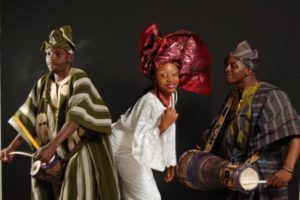
3. Bata dance
The Bata dance performed by the Yoruba people of southwest Nigeria is a ritual dance move for the local Sango deity, the fiery god of thunder. In ancient times, the dance was a sacred means of communication between worshipers and the deity. In modern times, however, Bata dancers perform their dance routines at both secular and religious occasions.
The dance is accompanied by the three Bata drums: the iya, the largest of the them played by a master drummer; the itotele, a mid-sized drum which converses with the iya; and the okonkolo, a smaller drum which keeps rhythm. There is a close relationship between drummers and dancers as the music from the drum orders the dance routine.
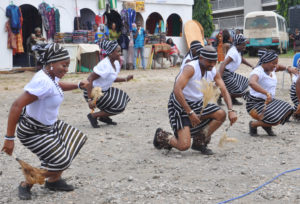
4. Swange dance
The Swange dance is a traditional dance routine performed by the Tiv people of the Benue River Basin in the middle belt of Nigeria. Unlike most of the other dance routines, Swange is purely a recreational dance move performed by men and women, alike. The dance is characterized by fluid, contorted, and rhythmic movements, which is why many have described it as the “boneless” dance.
Swange dance is performed at various social and cultural occasions, and it is no doubt one of the most unique dance routines in all of Africa.
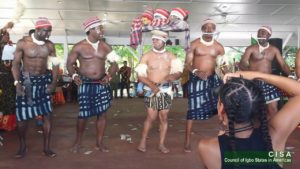
5. Ikpirikpi-ogu (War Dance)
The Ikpirikpi-ogu (War Dance) is a traditional dance performed by the Igbo people of southeast Nigeria. In ancient times, the dance was performed strictly by the menfolk to welcome soldiers home from a war campaign.
In modern times, however, the dance is purely symbolic and is performed at important social and cultural occasions. The dance attempts to display the valor and virility of the performers who engage in muscle rippling dance moves to the admiration of all.
